|
If engagement with your editing or proofreading blog is stagnant, spruce up your posts with these 4 fixes.
What’s covered
Here's what this post covers:
You’re not solving problems
Blog posts that offer solutions to problems are about the reader. Blog posts about your journey, your opinions, your experiences are about you.
It’s your blog and you can put on it whatever you want. Just bear in mind that problem-solving content will always do better in the long-term. Here’s what I’ve typed into Google in the past two hours:
Those are all problem-based queries. I was searching for solutions. Do I read opinion and experience pieces? Sure, now and then if they’re written by people I know, trust, like and am interested in. But mostly I search for solutions to problems. THE FIX If you’re blog engagement is stagnant, take a look at the content and think about whether you can shift the focus away from yourself and onto your reader. You’re not solving the right problems
Perhaps you are solving problems but they’re not the ones your target audience is interested in.
For instance, you might have some articles that help new editors decide which training course to take, or which online networking groups to join, or which conferences to attend. Those are great if you have training, coaching and business development products and services in your business portfolio because they help target readers get to know you and trust you. There’s even a little SEO juice in the editorial key words and phrases you’re using. However, if ultimately you want to be found by, earn the trust of, and sell editing services to a a writing client, it’s their problems you need to solve. THE FIX Consider who you want to sell to. It is editing and proofreading services to clients? If so, make a list of the 20 problems you come across most often when you’re working on editorial projects. The analysis of and solutions to those 20 problems are the basis for 20 blogs posts. If the issues are complex, break your 20 posts into 40 or 60 smaller chunks. Niche topics are accessible to your readers, but also offer you a more manageable writing schedule. Plus, while niche problems are less likely to be searched for, when they are searched for they’re more likely to be found because there's less competitive content. You’re solving the right problems but not signalling why your post is relevant
If you’re solving niche problems for your ideal reader, but your posts aren’t ranking, take a look at your signalling.
Google has no sense of humour – funny titles and headings without key words and phrases that tell the search engines how your post is relevant to a typed query will be invisible. As for busy people, they're not so different to the search engines in that they scan for relevance too – either in the search-engine results to their query or on your actual post if they’ve clicked through. A boring title that tells the reader exactly how you’ll help them will trump a funny but mysterious one every day of the week. THE FIX Check your H1 titles and H2 paragraph headings. Do they contain relevant key words and phrases? These enable the search engines to identify relevance. Give people scannable H1 and H2 headings that tell them what’s on offer in the paragraphs that follow. If you can combine being witty with being informative, fair play to you. If you have to choose, go for informative! You’re solving the right problems but not sharing your solutions
Readers love solutions. But to love them they have to know they exist.
Well-crafted blogs that solve niche problems for your target audience and are findable in the search engines require that we invest time in our blog, that we commit to it, particularly while we’re building our bank of content. It can take a while to build a bank with enough niche solutions to attract those perfect clients, and a while longer to build enough trust so that they’re not just reading your stuff but hiring your services. And until your blog posts are visible, they’re not working for you. THE FIX There’s no reason why we have to sit back and wait for visitors to find us. Share your blog content, and share it regularly. If you have 20 blog posts already, and the solutions you’ve offered in them are still relevant, they’re ‘evergreen’. Don’t assume that just because you’ve publicized them once on Twitter, Facebook or LinkedIn, you can’t publicize them again. Maybe person X didn’t read your post when you first published it. Maybe they did but forgot about it and would enjoy a refresher. Perhaps they won’t read it again but remember thinking it was useful, so they retweet it or share it. Person Y sees it for the first time and – ta-da! – you have a new reader. Why you might decide to stop writing blog posts
If you don’t want to blog, don’t blog! It’s not everyone’s cup of tea, and it’s certainly not the only way of getting attention. But frame your decision logically.
Perhaps you don’t want to make time for it, or you don’t enjoy it, or you’d prefer to explore different marketing approaches. All of those are informed and acceptable reasons not to start blogging, or to park your blog. But don’t make the decision on the grounds that it makes no difference to how people are engaging with your website. Millions of bloggers from within the editorial community and far beyond know different! If publishing new blog posts doesn’t increase traffic to and engagement with your editing website, that’s not a signal that your blog posts make no difference. It’s a signal that your posts are either invisible or uninteresting. Both are fixable. Wrapping up
An editing or proofreading blog can be a powerful tool that drives people to our websites, shows them what we’re interested in and what we know about, and helps them trust us. Those who trust us are more likely to buy from us.
Effective blog posts – ones that generate long-term traffic and engagement – solve problems, have relevant and scannable titles and headings, and are visible beyond the search engines because we’ve shared them with our audiences. If your blogging isn’t working, fix the process before blaming the methodology! More resources
Louise Harnby is a line editor, copyeditor and proofreader who specializes in working with crime, mystery, suspense and thriller writers.
She is an Advanced Professional Member of the Chartered Institute of Editing and Proofreading (CIEP), a member of ACES, a Partner Member of The Alliance of Independent Authors (ALLi), and co-hosts The Editing Podcast. FIND OUT MORE > Get in touch: Louise Harnby | Fiction Editor & Proofreader > Connect: Twitter at @LouiseHarnby, Facebook and LinkedIn > Learn: Books and courses > Discover: Resources for authors and editors
0 Comments
Leave a Reply. |
BLOG ALERTSIf you'd like me to email you when a new blog post is available, sign up for blog alerts!
TESTIMONIALSDare Rogers'Louise uses her expertise to hone a story until it's razor sharp, while still allowing the author’s voice to remain dominant.'Jeff Carson'I wholeheartedly recommend her services ... Just don’t hire her when I need her.'J B Turner'Sincere thanks for a beautiful and elegant piece of work. First class.'Ayshe Gemedzhy'What makes her stand out and shine is her ability to immerse herself in your story.'Salt Publishing'A million thanks – your mark-up is perfect, as always.'CATEGORIES
All
ARCHIVES
July 2024
|
|
|
|


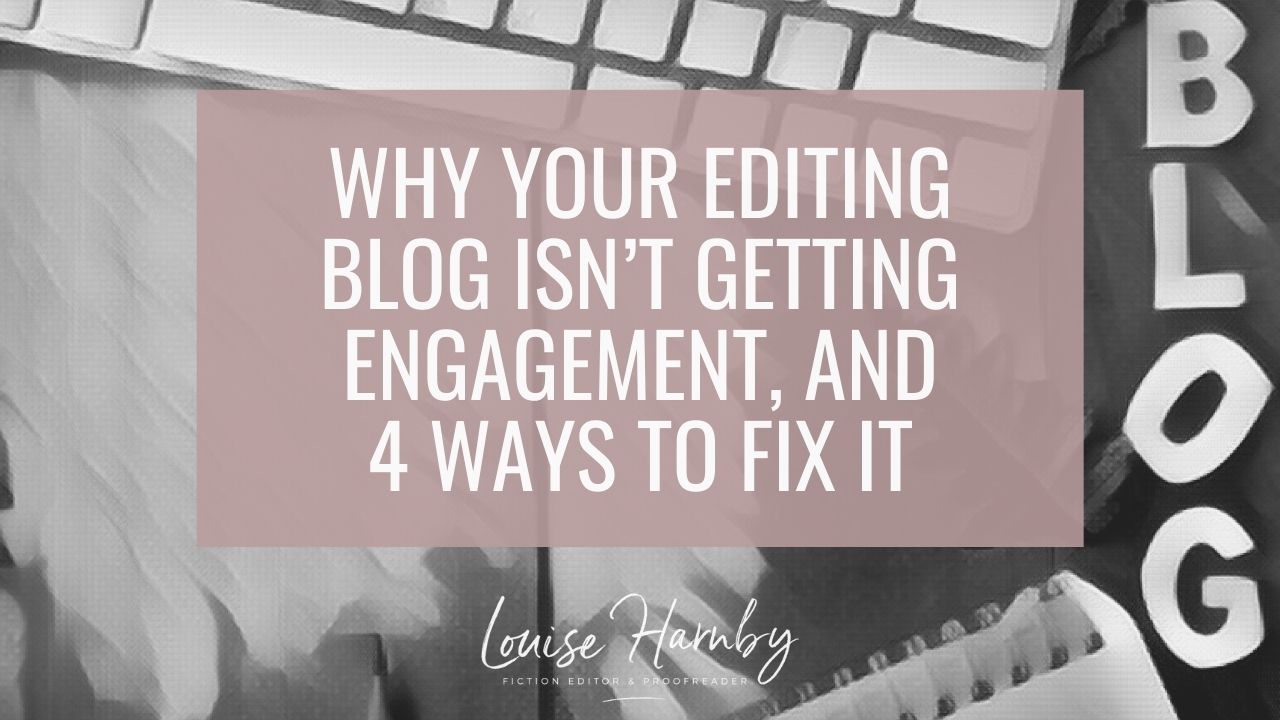
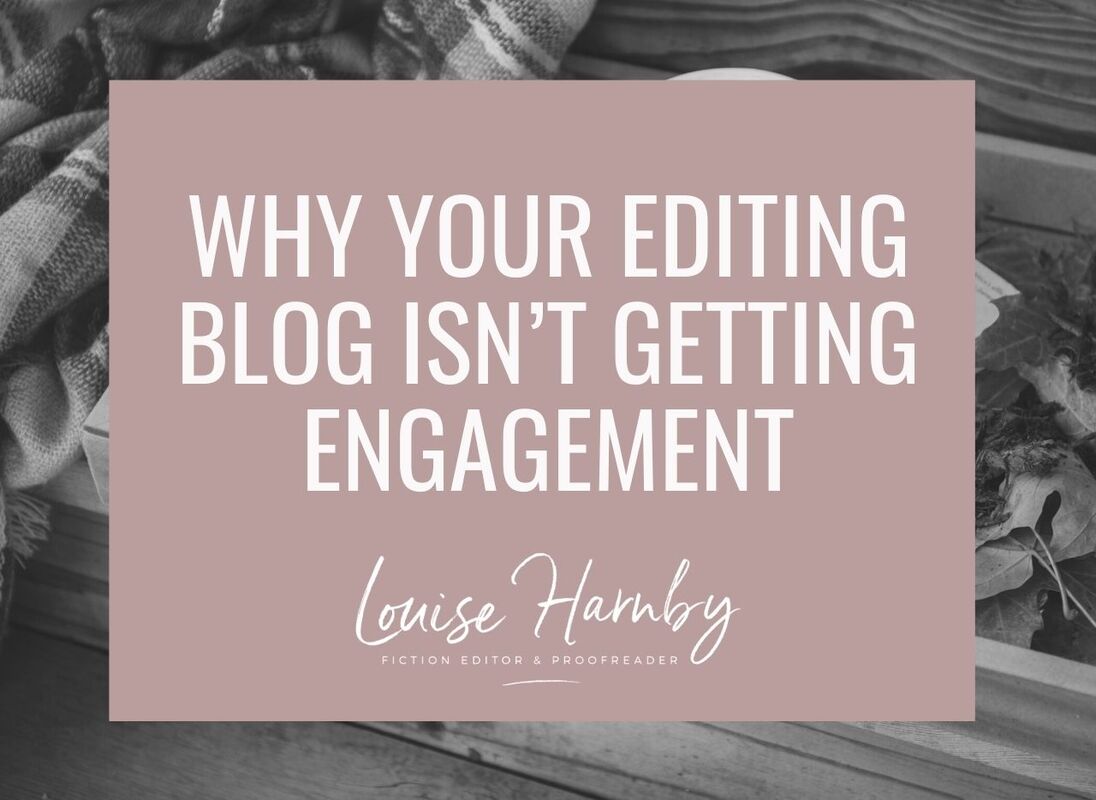





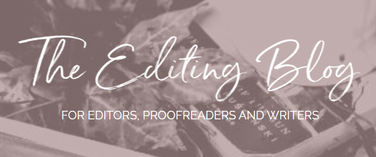

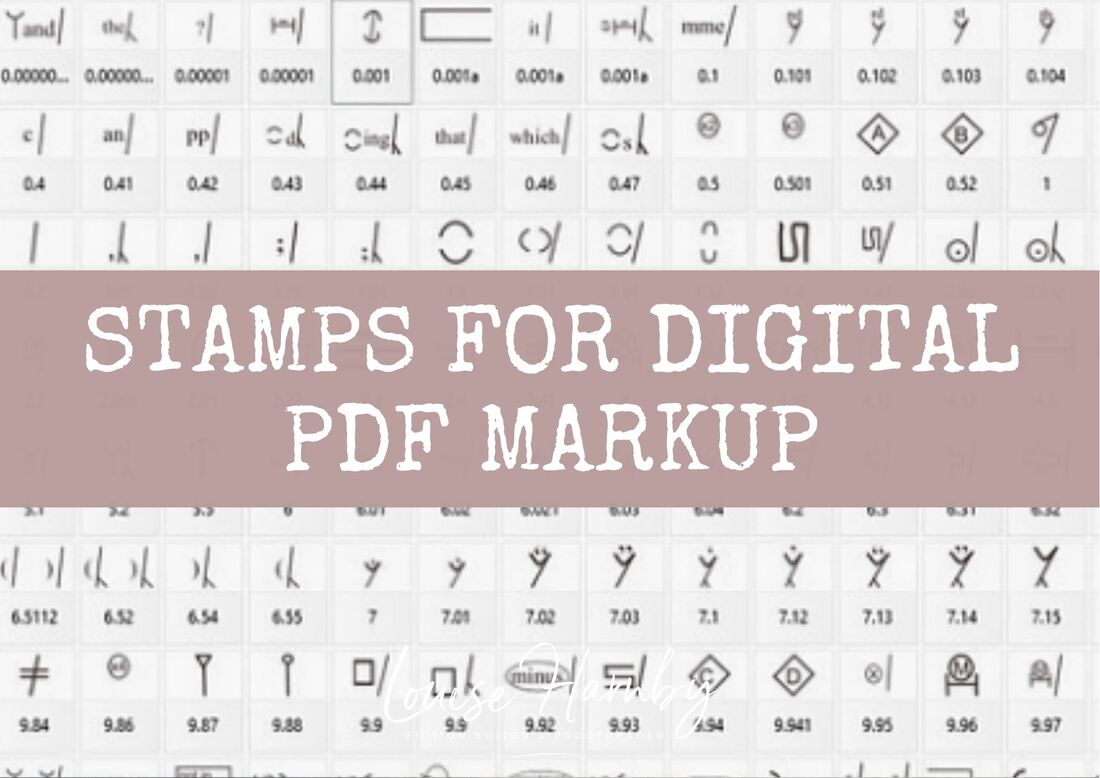


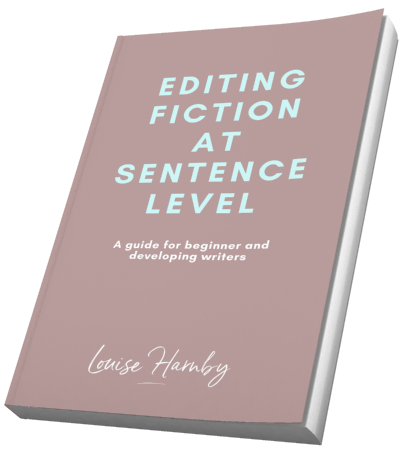
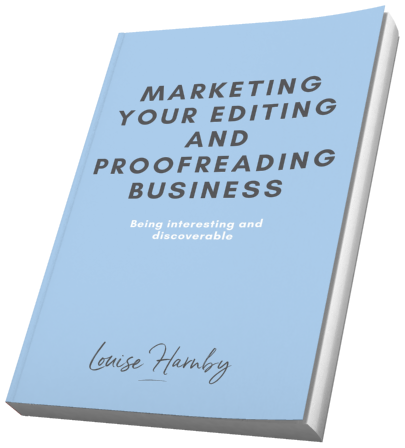
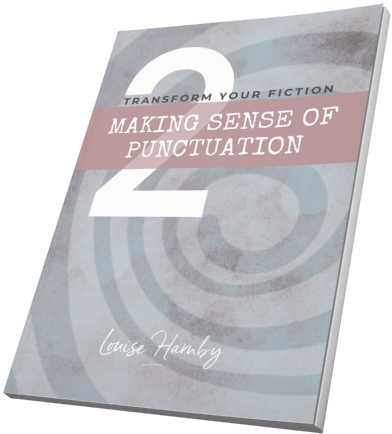
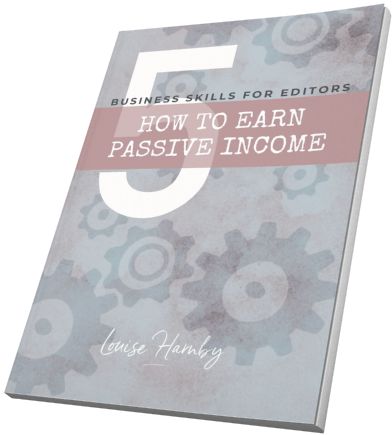
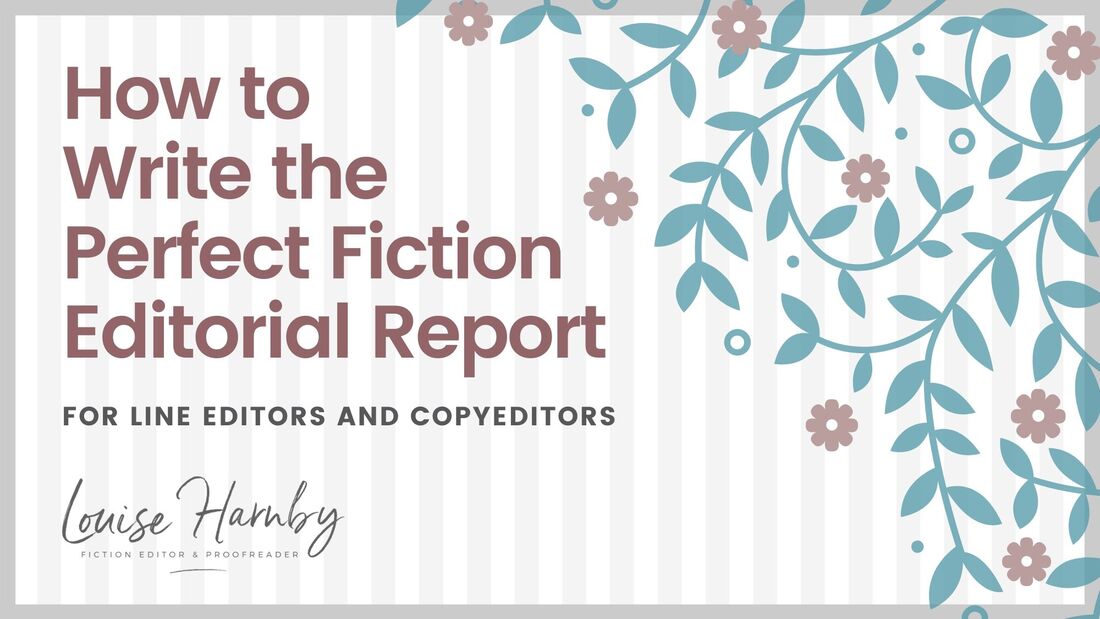
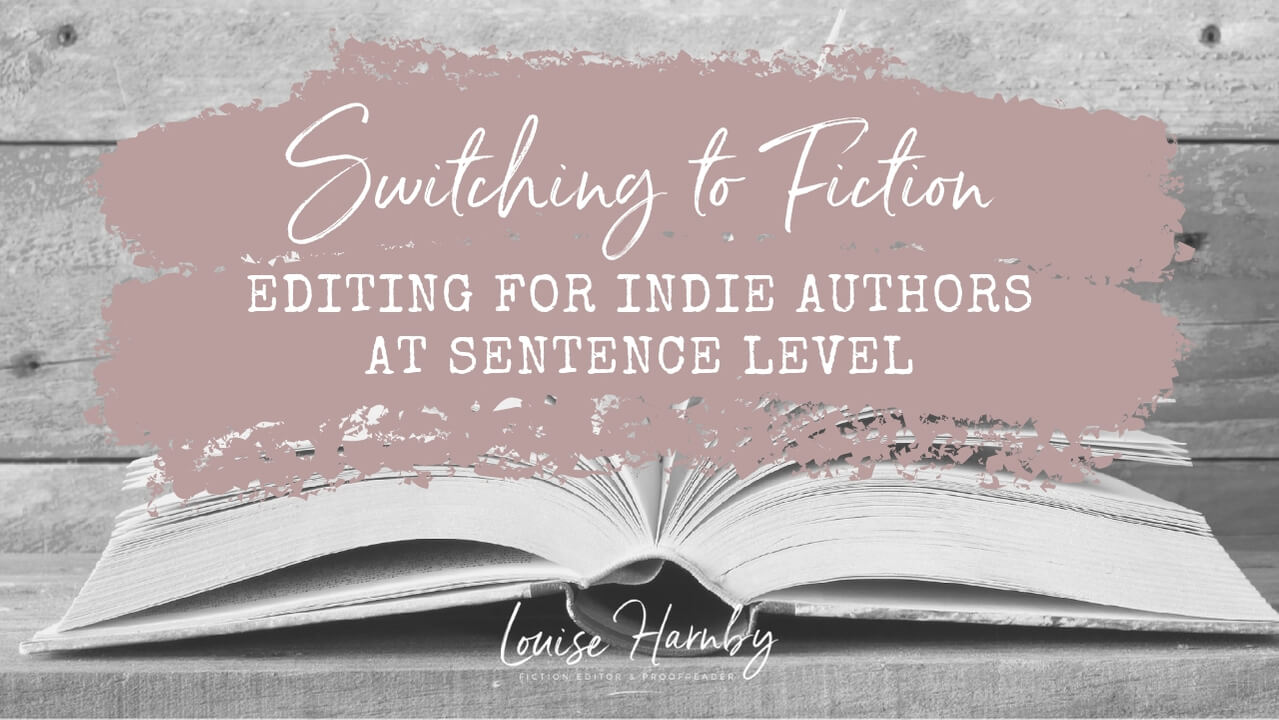
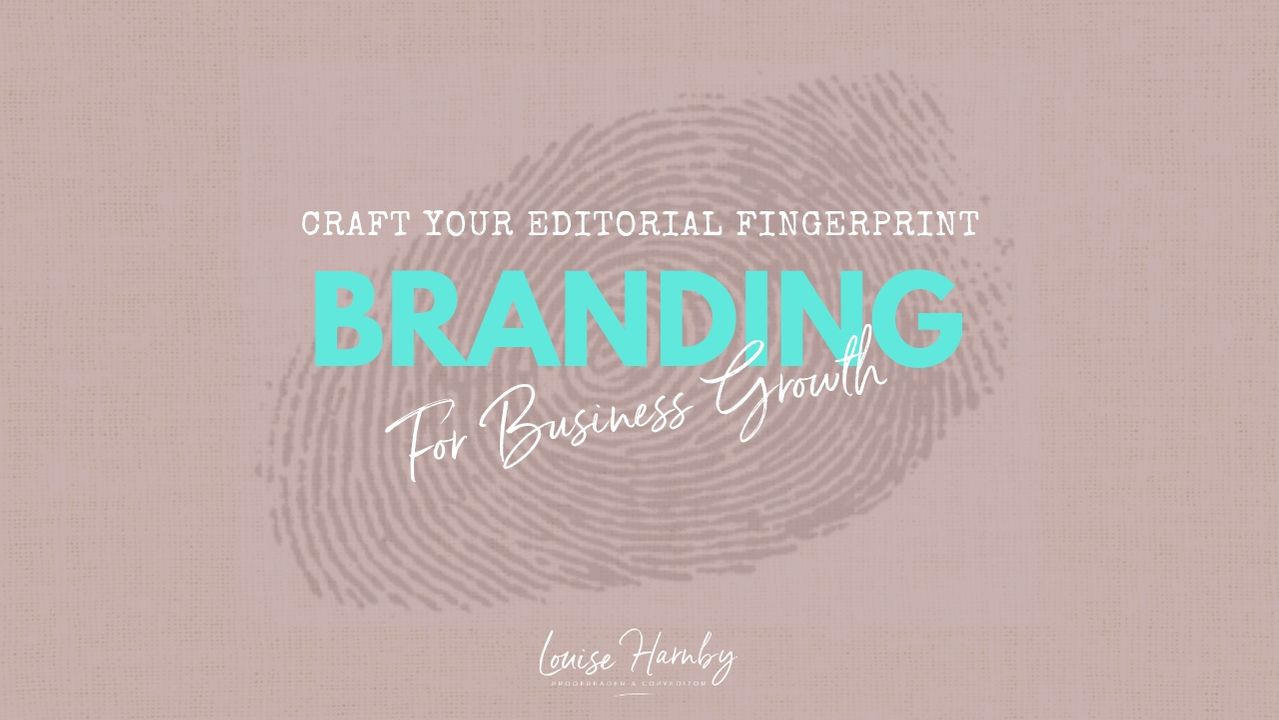
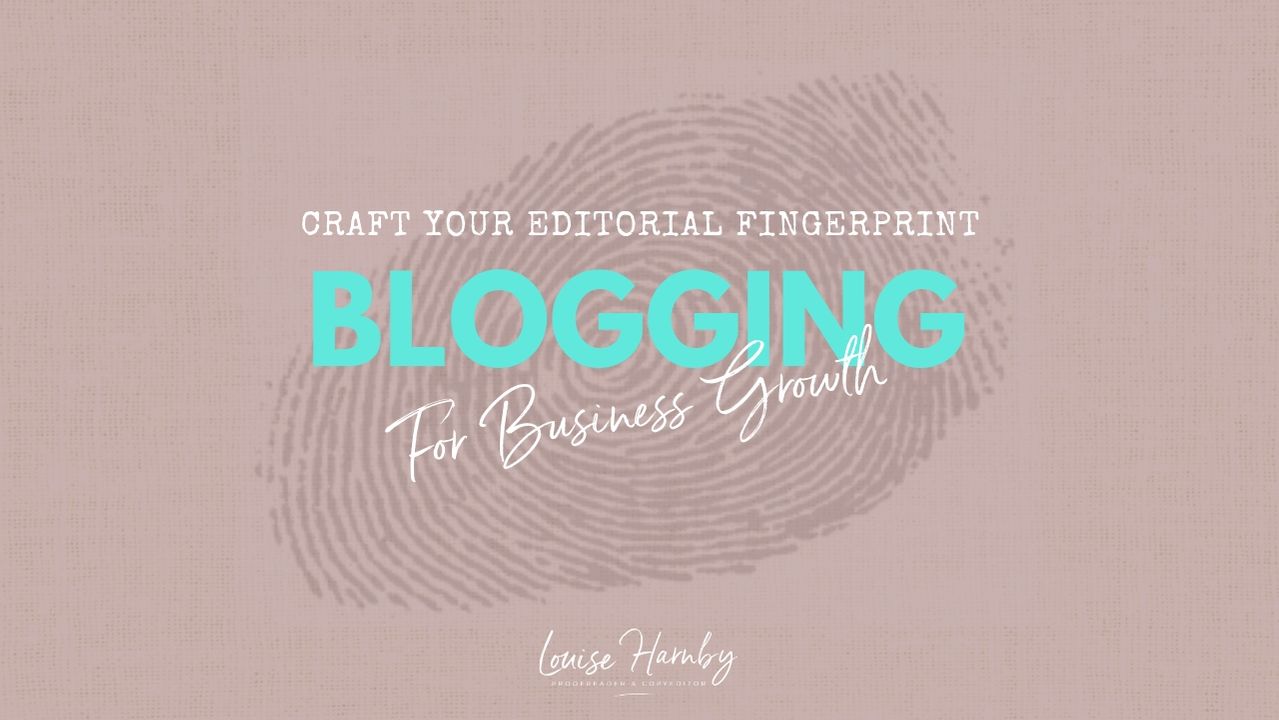
 RSS Feed
RSS Feed





